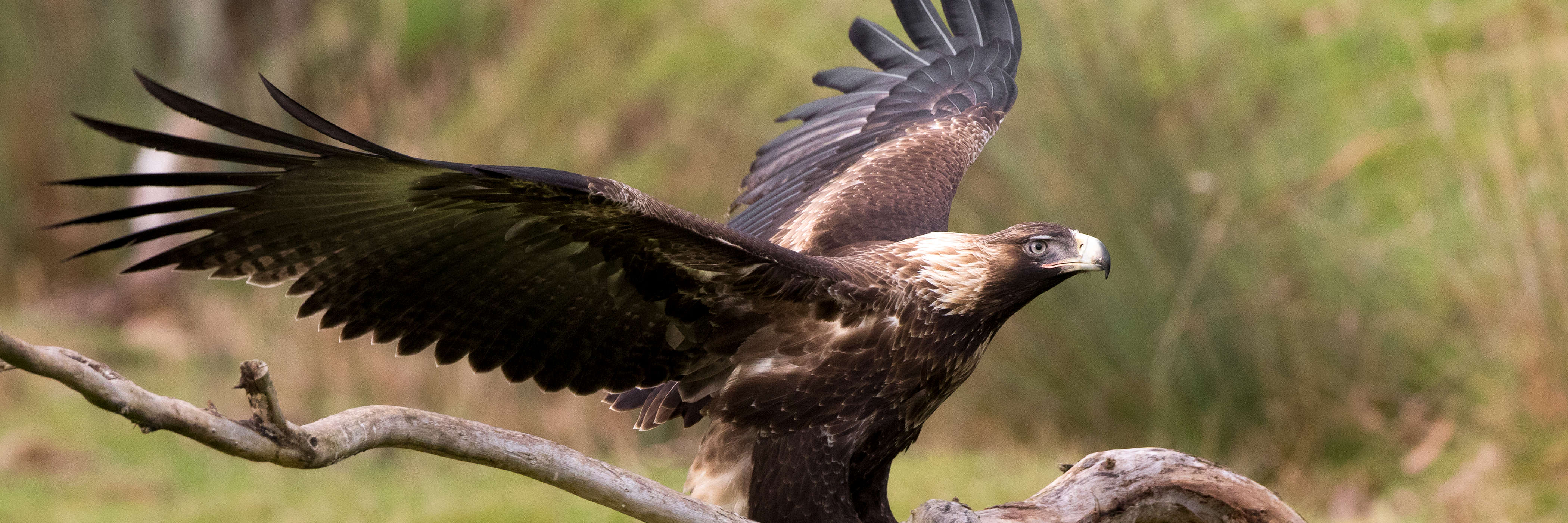What is a citizen scientist?
A potential, amateur, or professional scientist, often learning from and collaborating with others, volunteering their time to conduct scientific work.
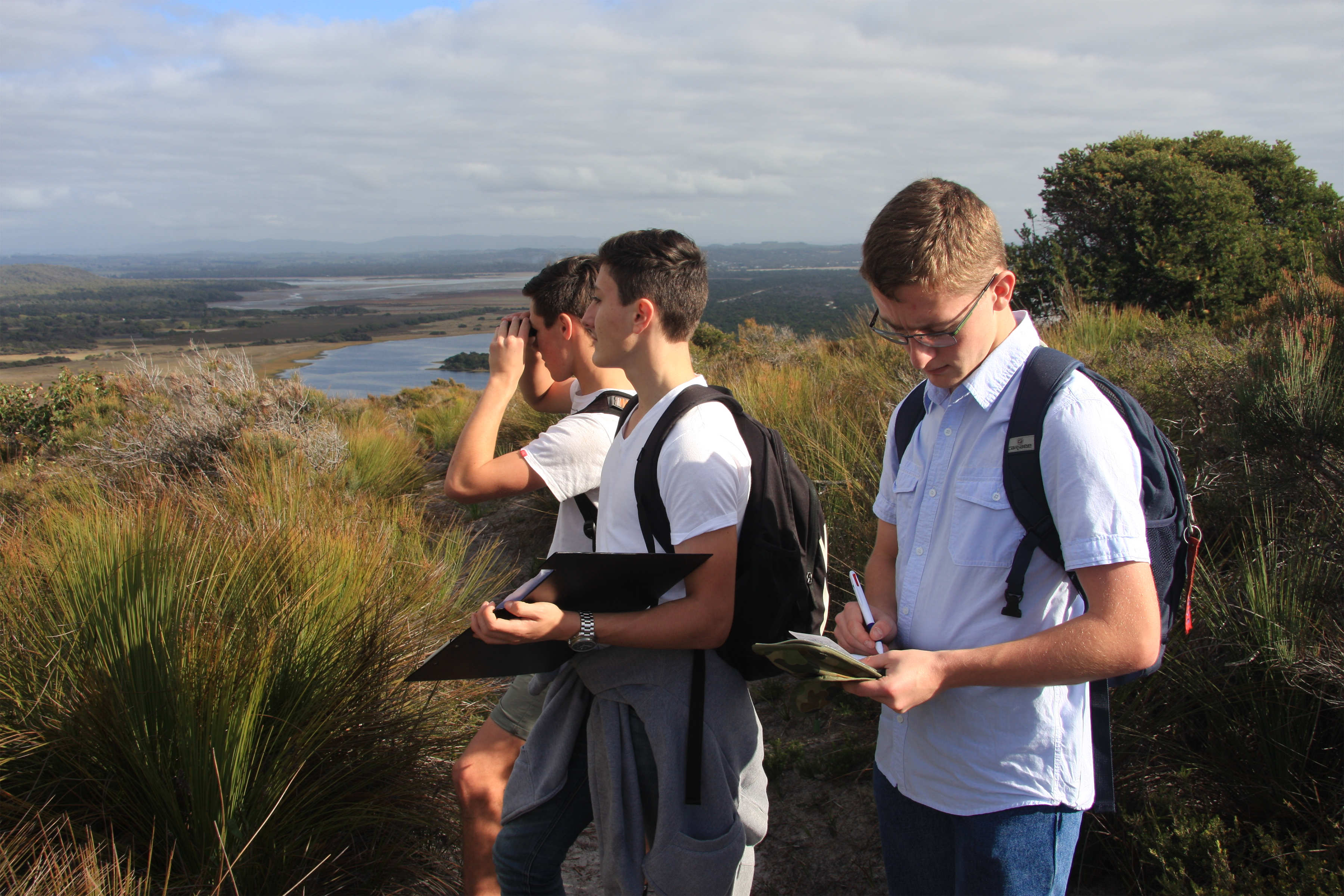
“Fantastic. Loved it and would gladly participate again. Thanks so much for the hard work and organisation. It was great for my students to get a glimpse of science in action.”
NatureTrackers is a program of citizen science projects, bringing together schools and the community to track the status of our threatened species and better understand their needs. It’s coordinated by the Bookend Trust, a not-for-profit founded in Tasmania in 2008, which inspires people of all ages and abilities to develop careers and interest in the environment, and to find positive solutions to environmental problems.
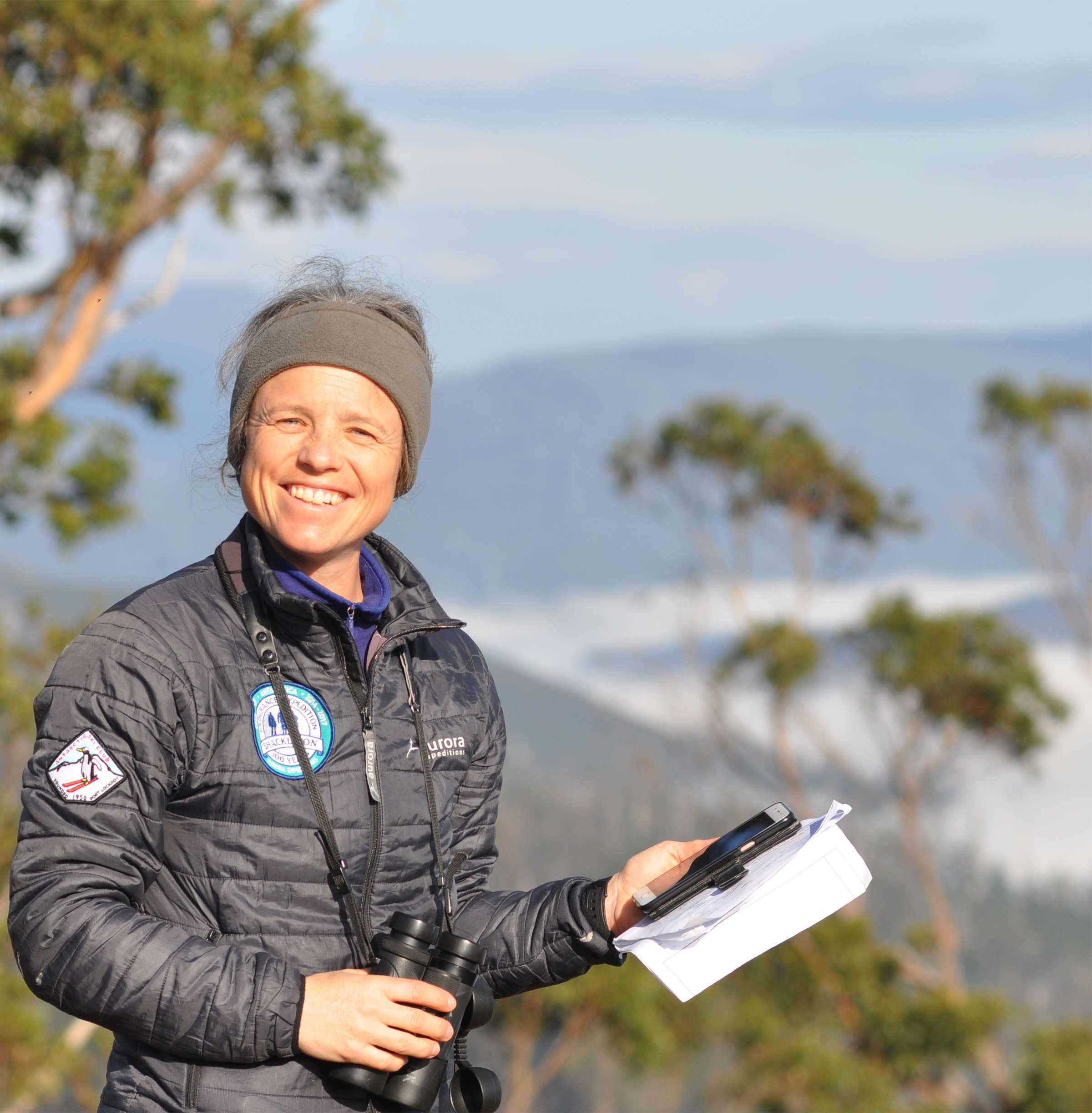
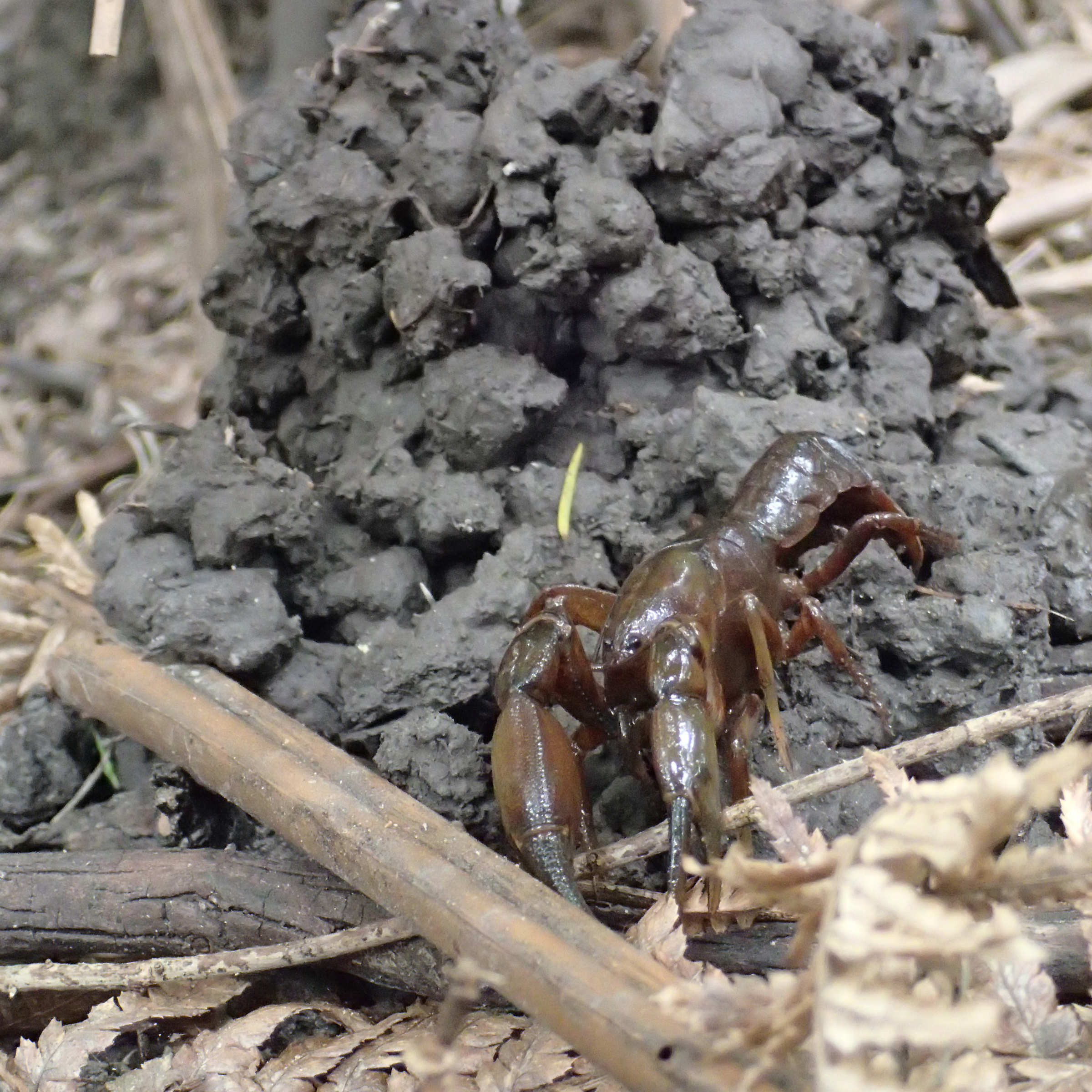
A potential, amateur, or professional scientist, often learning from and collaborating with others, volunteering their time to conduct scientific work.
Get your family and friends outdoors this May, to help monitor Tasmania’s birds of prey, white cockatoos and corellas — with a focus on our endangered wedge-tailed eagles. Are their numbers recovering, stable or still declining?
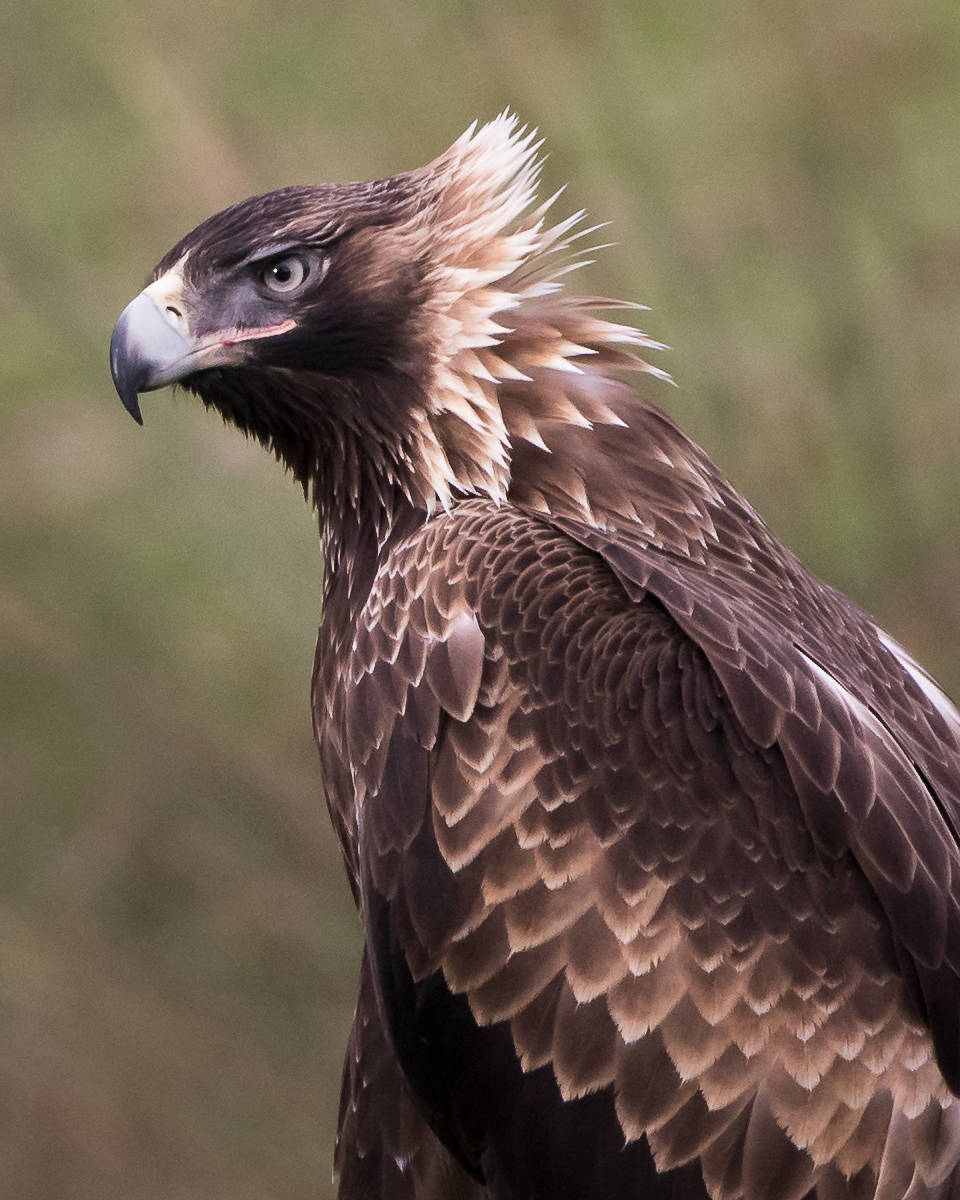
Spend a spring day — or your whole spring and summer! — helping map and monitor Tasmania’s burrowing crayfish colonies. Five threatened burrowing crayfish species live in northern and western Tasmania, and we’re starting out with a special focus on the endangered Central North burrowing crayfish, which is found nowhere else in the world except a small patch of northern Tasmania.
Help monitor our noisy but elusive species across Tasmania! Between September and April, book a sound recorder and a nice spot to leave it for eight days; then upload the resulting data and start to discover which species are calling in the area. The initial focus is on a threatened bird — the Australasian bittern — and Tasmania’s eight resident bat species.
